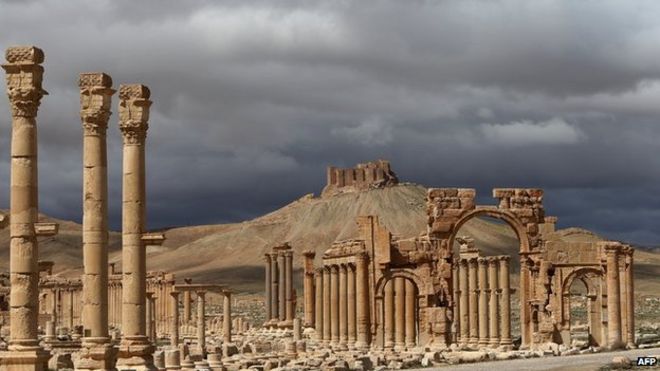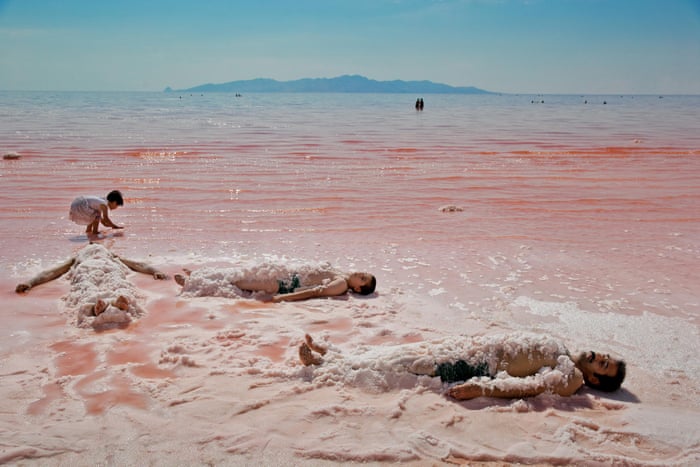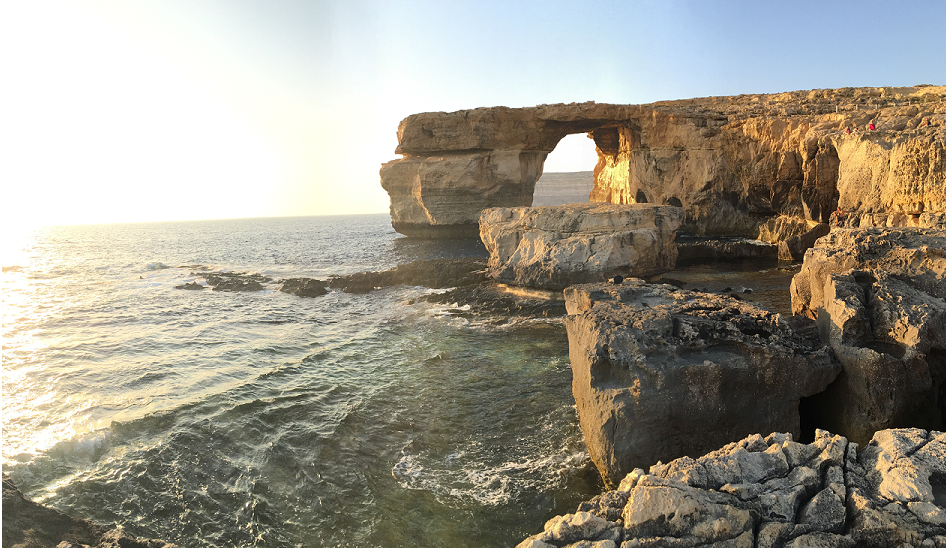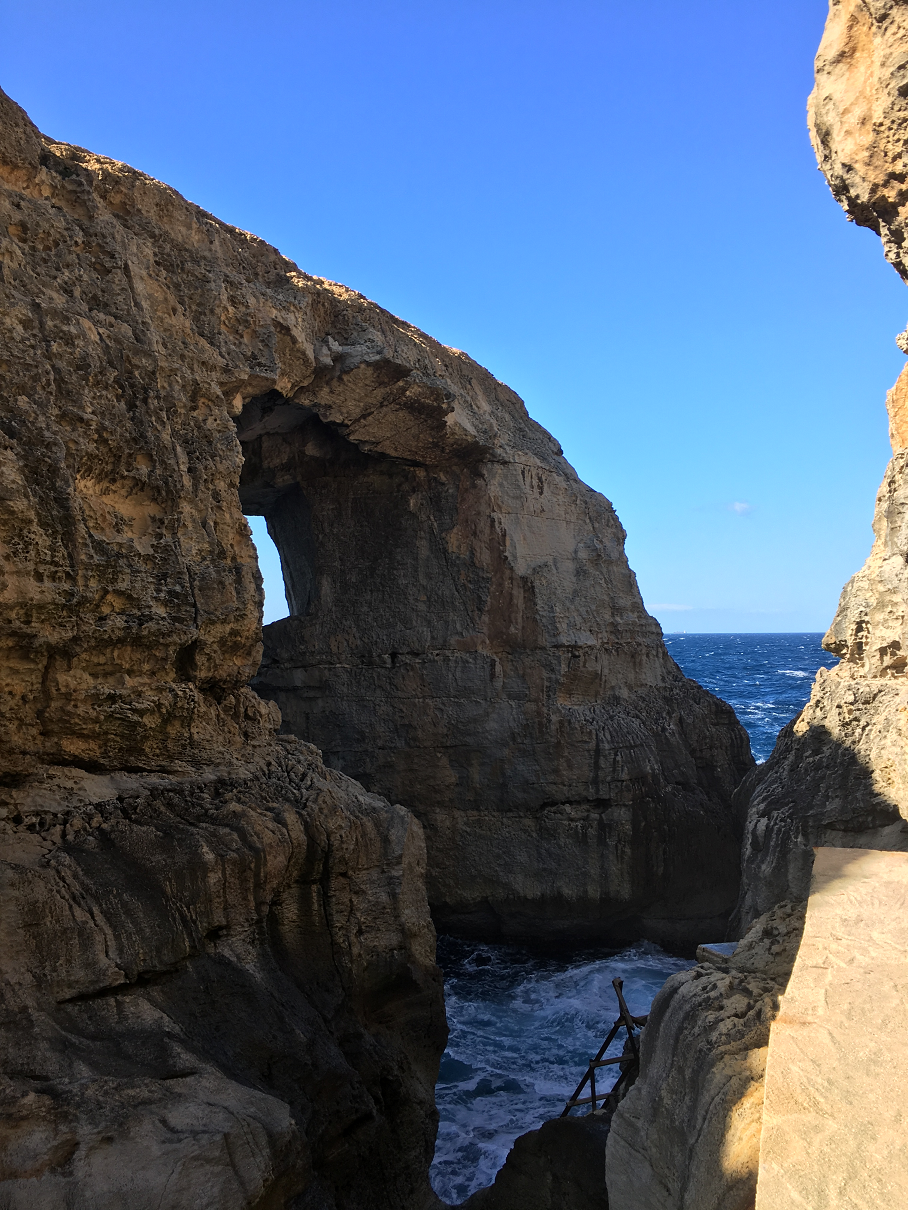A few days ago, when my mobile beeped with the following message, “Oh my god, the Azure Window is gone”, my first reaction was to check my calendar. Surely it was still March, and not April 1st? This denial was rudely cut short when all national and international newspapers started proclaiming the same fact. Sadness quickly took over – Dwejra is my favourite place in Gozo. In fact I’ve written about it at length here. Even so, I was surprised at how sad I felt at the loss of what was ultimately a piece of rock, albeit a very beautiful one. Now that the dust has settled and reluctant acceptance has filtered in, I’d like to share some travel, science, and indeed life, lessons that I’ve learned from the Azure Window’s collapse.
Travel: Don’t take for granted what you have in your back yard. Luckily, thanks to my Dwejra obsession, the last time I visited the arch was late last year. But I know lots of Maltese who are kicking themselves for not having gone there in ages. Exotic, far away sites always seem so much more attractive and worthwhile than those that are a few kilometres away. After all, you can always visit the nearby places any old time, right? It seems not. In fact, if you’d like to learn more about off the beaten track spots in Malta, watch this space, as I plan to get around my home country more often. This reasoning can also be applied to those far flung destinations – they too might not stick around forever. The Azure Window joins a group of recent losses which include countless, ancient historical sites in Syria and Afghanistan thanks to war, the drying up of Lake Urmia in Iran thanks to groundwater extraction, earthquake destruction in Italy’s Amatrice, and many more. If you really want to see something, make it happen – you never know when it may be too late.


Science: We stand no chance of managing to conserve something if we wait for its rasping last breaths. Conservation should start when the first, slightest signs of deterioration are spotted. And always, prevention is better than cure. What may sound like the benefit of hindsight, can be applied as foresight to areas where we’re not already too late. Over-fishing in the Mediterranean, and climate change spring to mind. Just like the collapse of the Azure Window, these are areas that we tend to put on the back burner, vaguely aware that they may be a problem for future generations but not any time soon. However, Dwejra’s Window is a timely reminder that nature doesn’t march on the clock that we’d like to give it.

Life: The Azure Window is also a potent symbol that with relentless stress and no support, ultimately even the strongest rock will crumble. People too are the same – which is why we should provide support to each other whenever we can, to relieve stress that we may or may not know about.
Ending on a positive note, although something may seem irreplaceable at first, this may not always be the case. Presenting Gozo’s lesser known arch at Wied il-Mielah. It may be less accessible and smaller than its recently departed sister, but it is a beauty in its own right.
